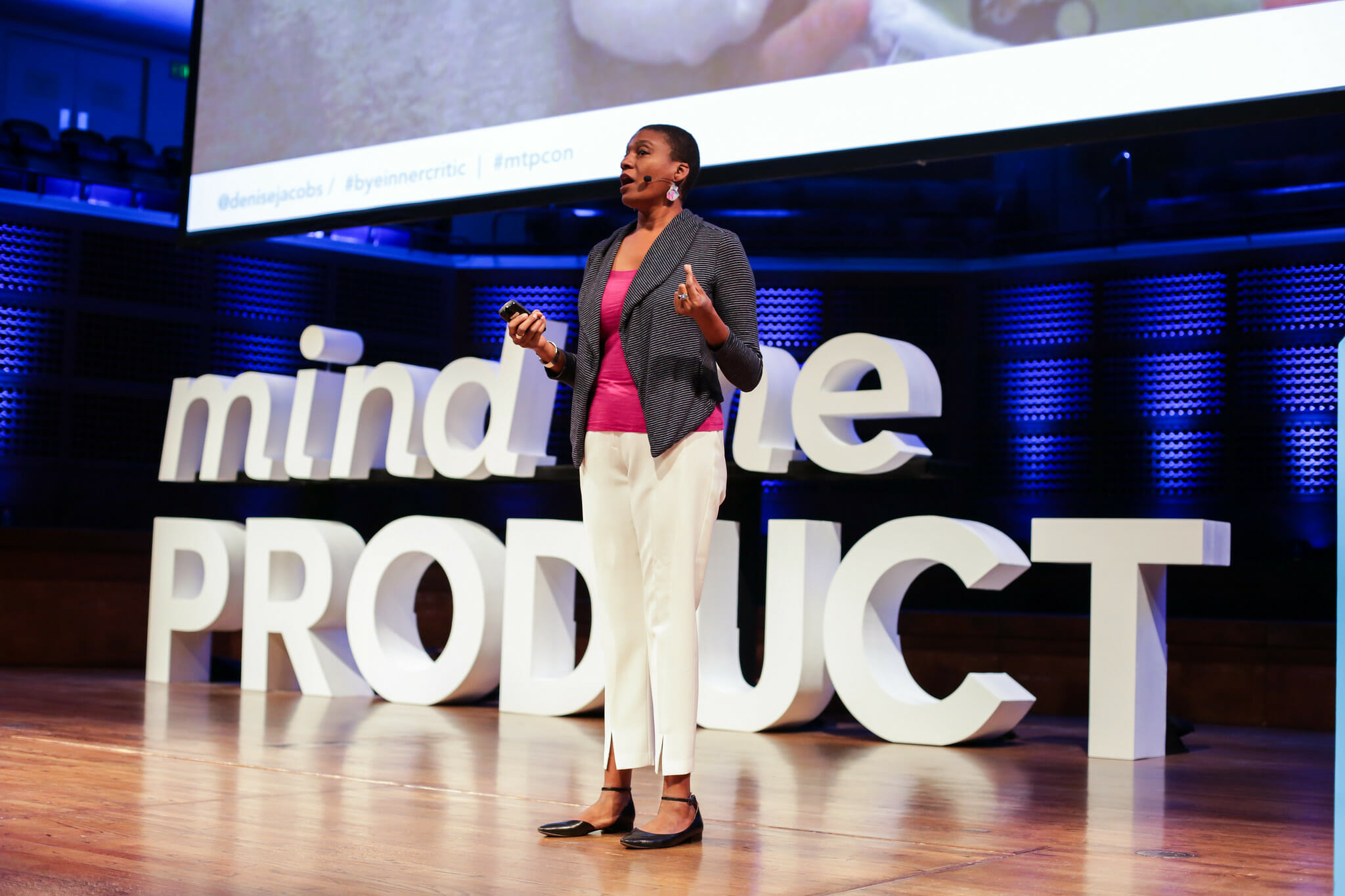It’s too easy to assume that everyone works in a commercial organisation. But what if you don’t? In the UK for example, the third sector employed about a million people last year and made a significant contribution (£18 billion) to the economy (0.8% of GDP). How is product management in a non-profit different from elsewhere?
It’s all there in the name. The core mission of a non-profit isn’t to make money. Its goals, constraints, and success metrics are therefore different from a commercial organisation. A commercial business will measure success by looking at revenue, profit, and market share. A non-profit will assess success in terms of measurements like impact, mission fulfillment, and community engagement.
There are other fundamental differences between a non-profit and commercial business, and so in theory there are also differences in the way product management is practised. Let’s consider the main differences:
Funding: In a non-profit, revenue comes from grants, donations, government funding and the like, in a commercial organisation obviously it comes from customers. In a commercial organisation the product teams naturally focus on pricing strategies, user retention, and competitive advantage, in a non-profit they must also align their products with grant requirements and funding cycles.
Stakeholders: Product managers in a non-profit may well have to deal with a wider range of stakeholders. In a commercial business they’ll deal with customers, investors, and internal teams, but in a non-profit they’ll also have to think about how they deal with users, who may come from underserved or marginalised communities. There will also be donors, grants, foundations, who might have specific reporting requirements, and the volunteers and NGOs who help to deliver the product but may have different incentives.
Product development cycles: The approach to product development may well be different in a non-profit. Product development cycles may be slower and less agile because of funding constraints and the need for broader stakeholder alignment. A product from a non-profit might need government approval, donor buy-in and more extensive field testing before it can be launched.
Decision making: The factors involved in decision making are different for non-profits. A commercial product manager prioritises market demand while a non-profit product manager might prioritise considerations like social good and inclusivity ahead of demand. They’ll also likely prioritise impact over revenue.
Often non-profits are not digitally mature organisations, but they are, in the UK at least, making solid progress with digital transformation, especially in the areas of service delivery, fundraising, and collaboration. The pandemic forced rapid digital adoption in the sector, and while some changes were temporary, many - such as hybrid working, virtual fundraising and donor CRM systems - have stuck. According to the 2024 Charity Digital Skills report, 50% of UK charities have a strategy for digital in place and 76% feel they’ve made digital progress in the past year.
Source: Policy Bee
What happens in practice and what do product people who work in non-profits find are their biggest challenges and rewards?
A non-profit will have a north star and impact metrics just like any other product-centric organisation. but while the third sector focuses on having real impact on its beneficiaries or users, the absence of a profit motive can give you pause. Product coach Dave Wascha, who is currently working with a non-profit, says he initially found this a bit challenging. He says: “You want to understand the mission and how to measure success. We’re not pushing for profit, but we do need to align product teams around something. If it's not growth, if it's not profit, what is it? I ask, what are we solving for? How are we going to measure success? How are we going to move towards that?”
Sarah Grant is a product leader with experience in various non-profit organisations, most recently at film and TV charity Whole Picture Toolkit.She finds that the main difference of working in Product for a non-profit is its digital maturity. She points out that non-profits very often rely on commercial models for their income, and this means the skills used in a commercial environment are also needed in a non-profit. She says: “I think it’s a bit like working in startups - they’re very messy places, as are some kinds of non-profits. It’s about operational maturity. Linked to that is product maturity and how you get the organisation on the journey towards it.” She adds while she likens the non-profit experience to a startup, sorting out any issues may take longer in the absence of a profit target or motive to drive operational change.
Budgeting processes can be quite prescriptive and slow in a non-profit, Sarah says, and it can be challenging to be agile with specific projects as needs change. She says you're expected to be a lot more prescriptive about what you expect to deliver. Laura Kirsop, Director of Product Management at the Raspberry Pi Foundation, a UK charity that aims to “help young people to realise their full potential through the power of computing and digital technologies”, adds that in the charity world, a lot of the funding from corporate partners is given on the understanding that it’s spent on specific projects. This also makes it hard to be as lean and agile as you would be in a commercial organisation. She says: “In order to get funding, you have to give the funder a plan, and once you’ve got the money you have to deliver on that plan.”
Sarah Grant says there are often fewer expert or specialist resources in a non-profit: “In a commercial environment, you can probably turn to a data analyst or designer, or work with someone to get some scoping done or some work done efficiently and quickly. You can get key, deeper questions answered more easily. Making decisions can be more difficult in a non-profit because you don’t have all those people to turn to. You have to be a little bit more inventive and think further ahead.” This may also mean you have more autonomy and opportunity to develop your skills. She adds that she thinks sometimes better product decisions are easier in commercial environments: “In non-profits - particularly on products without revenue streams - there are broader organisations and internal stakeholders who can really impact your ability to make really good decisions… I think having a bottom line actually really does focus the mind in terms of making good decisions."
Sarah also touches on the differences with stakeholders in a non-profit, because stakeholder management is a skill you particularly lean on in a non-profit. She says that non-profits can be hierarchical, so it's essential to identify the breadth of stakeholder influence early on, and plan that influence into your scoping and sign-off. With broader stakeholders, she advises trying out typical product techniques and frameworks - but you should be prepared to pivot in order to secure decisions. She says: “It’s not just about being a good communicator, it’s about trying to understand what you're dealing with, and trying to think ahead.”
There’s lots of love about working for a non-profit. Sarah Grant says she loves working for mission-based organisations, and having the ability to really make an impact and get involved in all sorts of different areas. Laura Kirsop loves that you can take a longer term view, because the impact that you're making doesn't happen overnight. She says: “I like the pace we work at. I like that me and my product managers are really able to have an influence. We're bringing in lots of ideas from the world of product management that people in our organisation haven't encountered before and it's having a real benefit on our organisation's approach and thinking.”
It’s a naturally collaborative environment. Says Laura: “For me, it’s really interesting to see policy makers and learning experts collaborate with the product teams. I really enjoy that multi-disciplinary working.”
The Hidden Hero: How Product Managers Drive Impact in the Non-Profit Sector
Three reflections on ten years in charity product management








Comments
Join the community
Sign up for free to share your thoughts